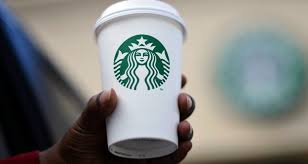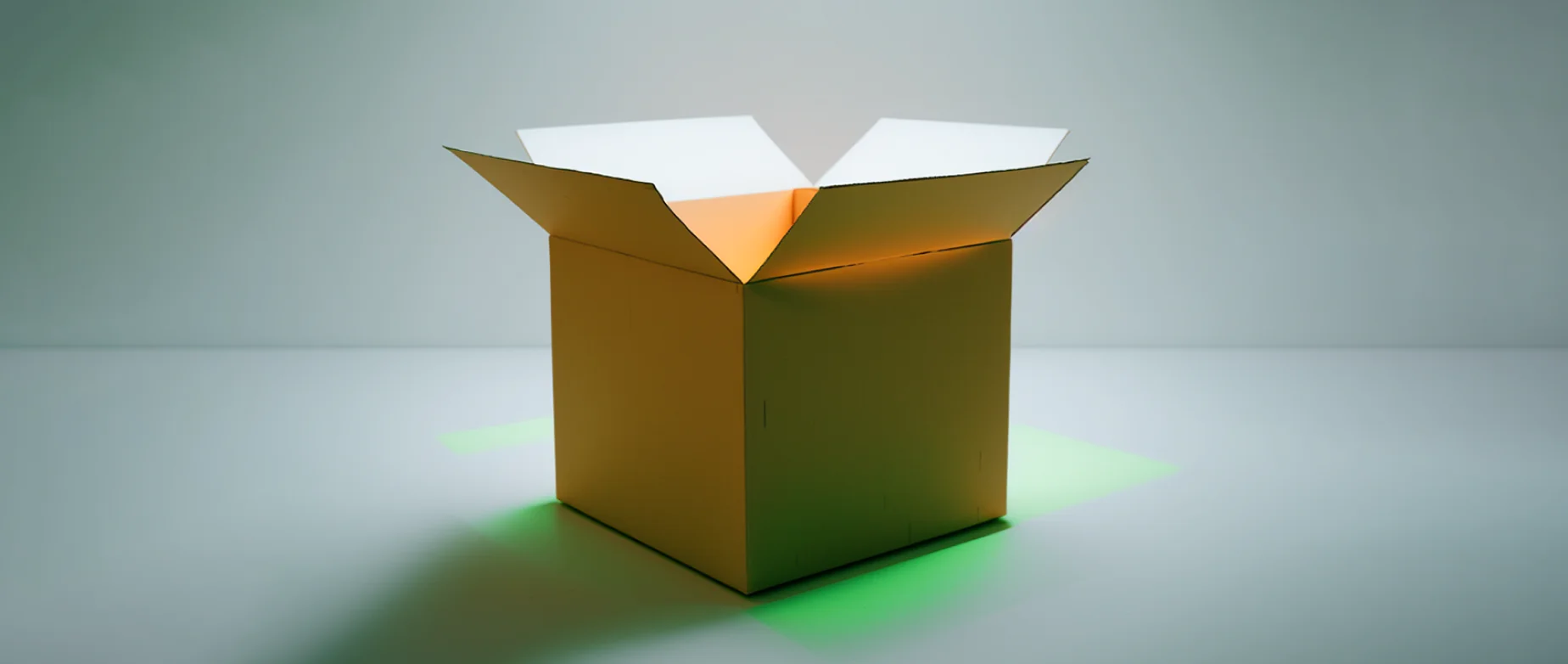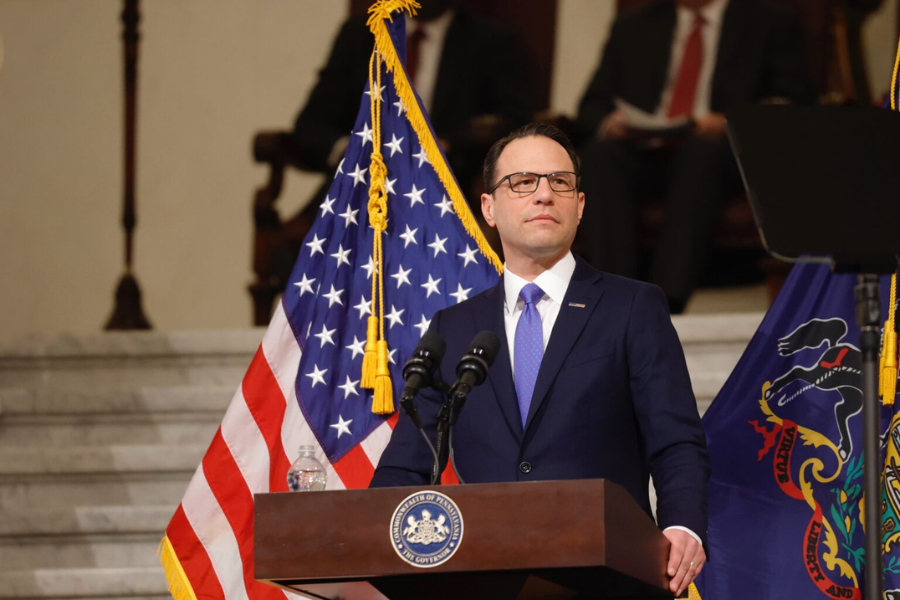From Coffee Cup to Cultural Symbol: The Starbucks Effect
Think about the last time you saw someone holding a Starbucks cup. Even from a distance, you instantly recognized it—the green siren logo, the signature white cup, the seasonal red holiday designs.
It’s just a cup, right?
Wrong.
Starbucks has transformed a simple coffee cup into a powerful global branding icon that extends beyond coffee. It’s a status symbol, a marketing powerhouse, and a key reason Starbucks has become one of the most recognizable brands in the world.
But how did they do it? Let’s break down the branding genius behind the Starbucks cup—and what businesses can learn from it.
1. The Power of Consistency: Recognizable in an Instant
The Problem Most Brands Face:
Many brands change their packaging too often or fail to create a distinct, recognizable design. This makes it harder for customers to associate the product with the brand.
What Starbucks Did Right:
- Consistent colors and logo—The white cup with the green siren logo has remained largely unchanged for decades.
- Minimalistic, yet bold—No distractions, no clutter, just a clean and instantly recognizable look.
- Strategic brand placement—The logo is always visible when customers hold the cup, making it a walking advertisement.
🔹 Takeaway for Your Business:
Does your custom coffee labels have a consistent, instantly recognizable look? If someone saw it across a room, would they know it’s yours?
2. Transforming Customers Into Walking Billboards
The Problem Most Brands Face:
Many brands struggle with visibility—customers buy their product but there’s no organic brand exposure beyond that.
What Starbucks Did Right:
- Designed for visibility—The Starbucks cup is meant to be held, carried, and seen in public spaces.
- User-generated marketing—People take photos with their Starbucks cups, turning every drink into free social media promotion.
- Custom name writing—This small touch personalizes the experience, making customers more likely to share photos of their drinks.
🔹 Takeaway for Your Business:
How can your packaging encourage organic visibility and sharing? Could a simple tweak—like personalization or unique branding on even as simple as packaging tape—turn customers into brand ambassadors?
3. Limited-Edition Packaging That Drives Hype
The Problem Most Brands Face:
Many brands keep their packaging static year-round, missing out on opportunities to create excitement and urgency.
What Starbucks Did Right:
- Seasonal cup designs—Starbucks’ holiday cups, spring pastels, and summer-themed designs create annual anticipation.
- Cultural relevance—Special edition cups celebrate major events (like Pride Month or Lunar New Year), making customers feel connected.
- Encourages collection—Some fans even collect Starbucks cups, increasing brand loyalty.
🔹 Takeaway for Your Business:
Would seasonal or limited-edition packaging work for your brand? Creating temporary designs can boost excitement and repeat purchases. For example, create a peppermint volumizing lip treatment flavor only for Christmastime and make custom balm labels that are more festive, with tinsel details and embossing.
4. Emotional Branding: The “Starbucks Lifestyle”
The Problem Most Brands Face:
Many products are sold purely on function, failing to create an emotional connection with customers.
What Starbucks Did Right:
- Starbucks isn’t just coffee—it’s an experience. The cup represents relaxation, productivity, and a small daily luxury.
- Lifestyle branding—Holding a Starbucks cup signals status, self-care, and belonging.
- Taps into emotion—The first sip feeling, the warmth of the cup, the comfort of routine—all tied to brand loyalty.
🔹 Takeaway for Your Business:
What feeling does your packaging create? Can your product become part of your customer’s daily life the way Starbucks cups have?
5. Sustainability and Innovation: Staying Ahead of the Curve
The Problem Most Brands Face:
Consumers are becoming more eco-conscious, yet many brands hesitate to change packaging due to cost or logistics.
What Starbucks Did Right:
- Phasing out plastic straws—By introducing strawless lids, Starbucks responded to sustainability trends before they became mainstream.
- Reusable cups—Encouraging customers to bring their own cups builds brand loyalty while reducing waste.
- Recycled materials—Their shift toward eco-friendly packaging enhances brand perception.
🔹 Takeaway for Your Business:
Can you make your packaging more sustainable without compromising branding? Consumers appreciate brands that care about the planet—and they’ll pay more for it.
Final Takeaway: What Can Your Business Learn from Starbucks?
Starbucks’ cup isn’t just a cup—it’s a marketing tool, a social status symbol, and an emotional connection.
How to Apply This to Your Packaging:
✅ Make it instantly recognizable—A strong, consistent brand identity makes your product unforgettable.
✅ Turn customers into walking advertisements—Encourage social sharing and brand visibility.
✅ Use seasonal or limited editions to build hype—Scarcity and excitement drive engagement.
✅ Create an emotional experience—Your packaging should be more than functional—it should mean something.
✅ Think ahead with sustainability—Eco-conscious branding isn’t just good for the planet—it’s good for business.
Because at the end of the day, branding isn’t just about selling a product—it’s about selling a feeling. And Starbucks has mastered that with nothing more than a simple cup.











Leave a Reply